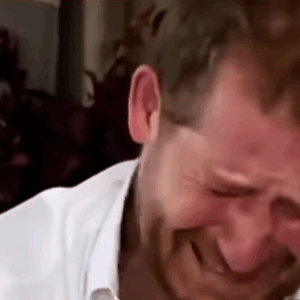The Silent Slump: Understanding Dropped Head Syndrome in Young Adults
Dropped Head Syndrome (DHS), a condition marked by severe neck weakness leading to a forward-bent head posture, is often overlooked, particularly in younger individuals. A recent case study of a 23-year-old man in Isfahan, Iran, highlights the importance of early recognition and intervention, challenging the common misconception that DHS only affects older adults. This blog post delves into the intricacies of DHS, offering insights into its causes, symptoms, diagnosis, and treatment.
What is Dropped Head Syndrome? A Deeper Dive
The Silent Thief of Posture
DHS is characterized by debilitating weakness in the neck extensor muscles, the muscles responsible for holding your head upright. This weakness progressively worsens, causing the head to tilt forward, often resting near the chest. The consequences extend far beyond aesthetics; DHS significantly impacts quality of life, limiting mobility, hindering communication, and potentially even compromising breathing in severe cases. The rarity of the condition shouldn’t diminish its significance; early understanding of its symptoms is crucial to prevent long-term complications and differentiate it from other, more common postural issues.
Unraveling the Causes: More Than Just Bad Posture
Neuromuscular Connections
The primary culprit behind DHS is often a neuromuscular disorder – a condition affecting both nerves and muscles. Several serious conditions can lead to this debilitating weakness, including.
Myasthenia gravis: A chronic autoimmune disease causing muscle weakness.
Amyotrophic lateral sclerosis (ALS): A progressive neurodegenerative disease affecting nerve cells in the brain and spinal cord.
Parkinson’s disease: A neurodegenerative disorder impacting movement and coordination.
Multiple system atrophy: A rare progressive neurological disorder.
Inflammatory myopathies (such as polymyositis): A group of diseases causing muscle inflammation and weakness.
Lifestyle’s Subtle Impact
While neuromuscular disorders are the most common cause, lifestyle factors can also play a role, albeit a less direct one. Prolonged poor posture, persistent untreated neck or back pain, and nutritional deficiencies can all contribute to muscular fatigue and imbalances. These factors, over time, can lead to muscle atrophy and abnormal spinal curvature, potentially mimicking the symptoms of DHS. The Isfahan case emphasized the absence of spinal trauma, highlighting the primary role of muscular degeneration and neuromuscular dysfunction.
Recognizing the Warning Signs: Subtle Symptoms, Significant Impact
Early Detection is Key
The early symptoms of DHS can be subtle, easily mistaken for everyday aches and pains. Recognizing these subtle clues is paramount for timely intervention. Look out for:
Gradual forward head tilting: A progressive shift in head posture.
Rapid neck fatigue: Exhaustion in the neck muscles after minimal activity.
Limited head mobility: Difficulty lifting or turning the head.
Upper body pain: Discomfort in the neck, shoulders, and upper back.
Numbness or tingling (paresthesia) in the arms: A sign of potential nerve involvement.
It’s essential to distinguish these symptoms from the common complaints of young adults, such as those attributed to prolonged screen time or general fatigue. Persistent or worsening symptoms necessitate a medical evaluation.
Diagnosis and Treatment: A Multifaceted Approach
Unmasking the Root Cause
Diagnosing DHS requires a thorough assessment, encompassing:
Neurological examination: Assessing nerve function and reflexes.
Muscle strength testing: Measuring the strength of neck and other relevant muscles.
Imaging studies (MRI or CT scans): Visualizing the spine and surrounding tissues to rule out structural issues.
Electromyography (EMG): Evaluating the electrical activity of muscles to pinpoint the source of weakness.
The aim is to differentiate between muscular and neurological origins, and to eliminate other potential causes, such as herniated discs or spinal injuries.
Tailored Treatment Plans
Unfortunately, there’s no single cure for DHS. Treatment focuses on managing symptoms and improving functional ability. This may include:
Physical therapy: Strengthening neck and upper back muscles.
Postural correction: Exercises and potentially custom orthotic support.
Pain management: Techniques like hot/cold therapy or ultrasound.
Nutritional support: Addressing any vitamin or mineral deficiencies.
Occupational therapy: Adapting daily routines to minimize strain and fatigue.
In severe cases where the spinal curvature leads to breathing difficulties or instability, surgical intervention might be considered. However, early-stage management primarily focuses on conservative approaches to improve mobility and quality of life.
The Importance of Prevention and Holistic Well-being





